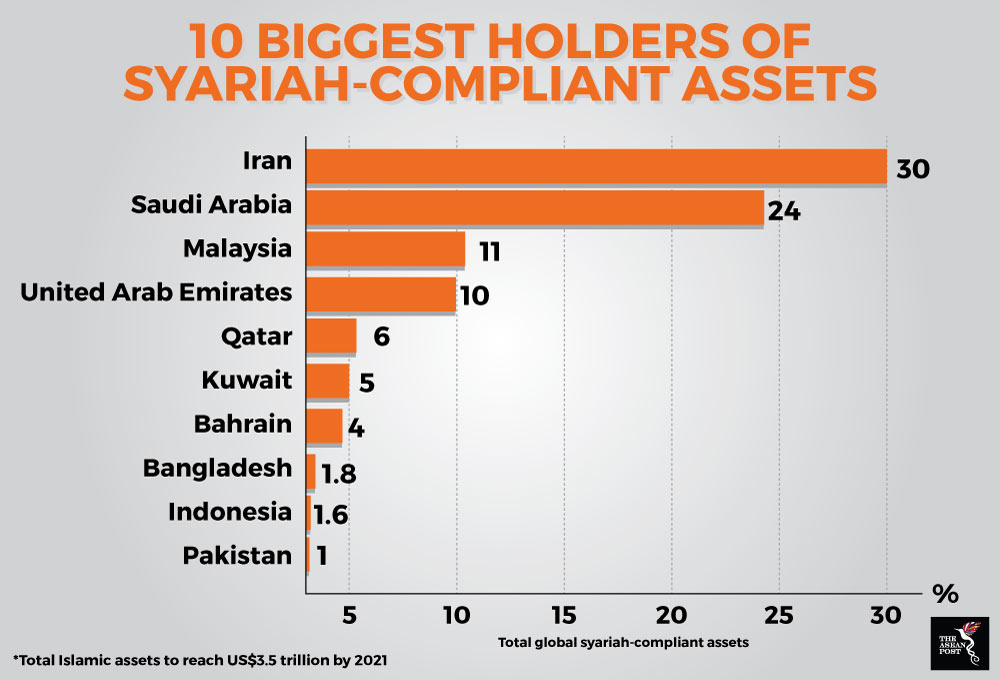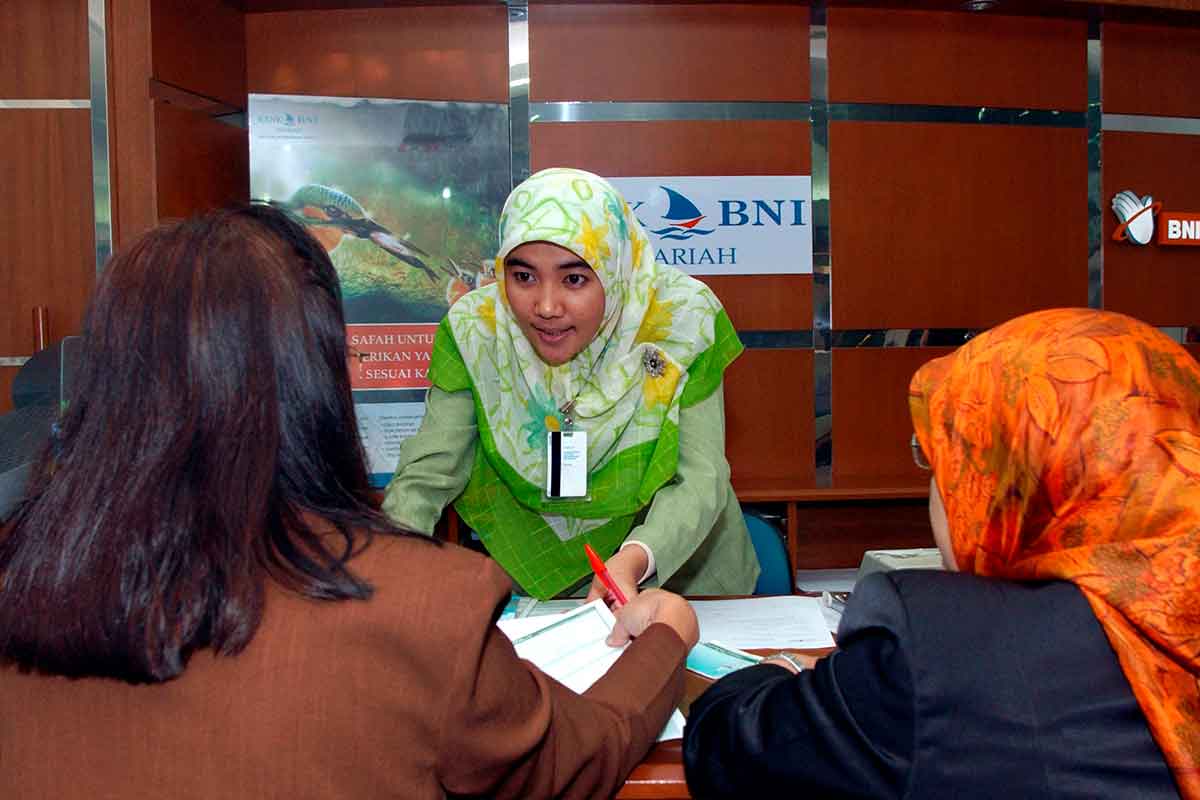This coming week, Brunei will be hosting the Brunei Islamic Capital Market (BICAM) Conference 2018, its first Islamic Capital Market Conference at the Rizqun International Hotel where more than a dozen international experts in Islamic finance are expected to meet, deliberate and raise awareness on growing Islamic capital markets. Those interested in understanding the role of Islamic capital markets in catalysing economic growth in the region have also been invited to the conference, which is being organised by Brunei’s Centre for Islamic Banking, Finance and Management (CIBFM) along with the Global University of Islamic Finance (INCEIF).
Brunei itself is expected to set up its own stock exchange over the next few years and conferences like BICAM are expected to heighten interest in the potential opportunities this burgeoning capital market presents.
Brunei’s interest in Islamic finance is certainly expected as the number of Muslims around the world in general and in the region specifically is expected to increase. The Pew Research Centre forecasts that the number of Muslims around the world is expected to grow steadily to 25.9 percent in 2020, 26.5 percent in 2030, 28.1 percent in 2040, and 29.7 percent in 2050, placing it as the second largest growing religion in the world after Christianity. The centre also expects Muslims to outnumber Hindus in the Asia Pacific region by 2030, making Muslims the largest religious group in the region.
Booming industry
A 2017 report by Thomson Reuters revealed that as of July 2018, Islamic finance was valued as a US$2.2 trillion industry spread over more than 60 countries and expected to grow to US$3.8 trillion by 2022. Over the past decade, Islamic finance has grown at a significant yearly pace of 10 to 12 percent. The bulk of the spread, according to data from the Union of Arab Banks’ research department, is concentrated in only a handful of markets.
According to the Union of Arab Banks, 10 countries account for 95 percent of the world’s Syariah-compliant assets with Iran leading the way at 30 percent of the global total. This is followed by Saudi Arabia at 24 percent, Malaysia at 11 percent, the United Arab Emirates at 10 percent, Qatar at six percent, Kuwait at five percent, Bahrain at four percent, Bangladesh at 1.8 percent, Indonesia at 1.6 percent and Pakistan at one percent.
Thomson Reuters expects total Islamic assets to reach US$3.5 trillion in value by 2021 but says that scenario is dependent on the economic well-being of these 10 markets. Brunei, being among the richest countries in the world, would not seem to have much of a problem on that front.
Undoubtedly, Brunei would have a lot to gain if it were to join Malaysia and Indonesia as being among the few ASEAN member states to hold a substantial piece of the Islamic finance pie.

Source: Union of Arab Banks, Thomson Reuters
Learning from Malaysia
Sukuk – the Islamic equivalent of conventional bonds – is thriving in Malaysia. The country accounts for 82 percent of Southeast Asia’s total sukuk outstanding and 72 percent of the region’s issuances.
Malaysia’s performance in terms of its Islamic finance institutions can be attributed to its research into Islamic finance as well as educating and creating general awareness of Islamic finance across the banking sector. In June 2017, Malaysia broke new ground in sukuk development when it issued the world’s first ever green sukuk, amounting to US$58.4 million. The funds are being used to finance a major solar-power project in the western state of Sabah.
While Brunei is no amateur when it comes to Islamic finance, it would be wise to learn from countries like Malaysia and Indonesia.
Brunei’s oil reserves are expected to run out by 2035. The country has already expressed its interest in looking at tourism to diversify its economy. Islamic finance seems to be a logical pairing to that and may provide Brunei with the extra push it needs to meet the challenges of the future.
Related articles:
